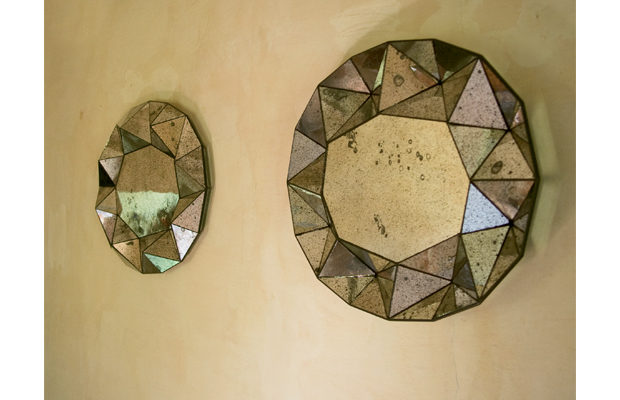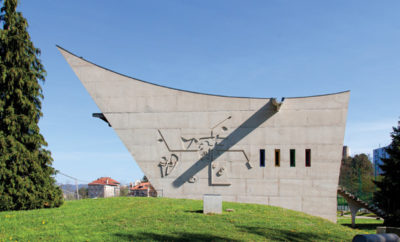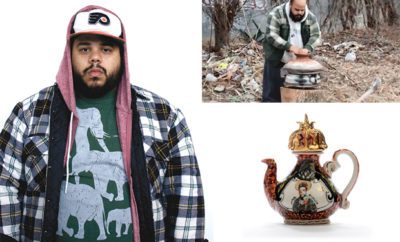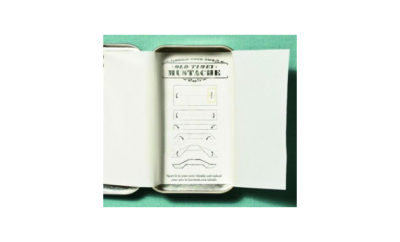
Design
Experience Required

Sam Orlando Miller’s Untitled Mirrors of 2008-2009
Experience Required
In our gallery, we are drawn to objects made using sustainable practices—and we feel certain such creations have a competitive advantage over those that aren’t. This is because we want to believe that today’s enlightened consumer is a broad-minded, conscientious person, but a connoisseur all the same. They seek out objects that satisfy what the historian and critic Richard Ingersoll calls a “millennialist quest for redemption in the Age of Global Warming,” yet are also intelligent, provocative, striking, and finely made. One example of the achievement of this balance can be seen in the tremendous success of Carlo Petrini’s Slow Food movement. As Ingersoll notes, the Italian activist’s “ingenious contribution to eco-consciousness has been to convince people that eating local organically grown foods is the ultimate form of hedonism. Finally, environmentalism without sacrifice!” In other words, you can enjoy the best and do good.
With this in mind, the work of Sam Orlando Miller has been the fodder for an ongoing conversation at our gallery regarding the reuse of historical, but neglected, materials. Miller didn’t invent the idea of repurposing, of course, yet more often than not objects made via this method, while conceptually intriguing, tend to be poor in craftsmanship and fail to strike a balance between good design and decoration. Miller’s execution, however, is flawless.
Born in Britain in 1966 and trained as a silversmith in his father’s shop, Miller is currently the creative director of several major architectural and interior restoration projects. As a craftsman, he’s drawn to materials that carry the beauty of time, a patina gained by being in the world and crafted in the old, artisanal way. “I gather found elements together,” he says, “often keeping them for years, not knowing what they might become, but feeling connected to them. Then one day an idea appears, and the making begins.” Take, for example, the first works in his untitled mirror collection (illustrated here). “I found a piece of mirror one day and I picked it up because I saw that the silver was coming off the back. It was because it was falling apart that I noticed it. I put it in the workshop and left it there,” he says. “Some time later, my wife, Helen, was photographing a room in our house, which has dark walls. Looking at her pictures it struck me that all the light was being absorbed by the building and by the furniture and little was being reflected back. So I remembered the piece of mirror and a shape came to mind from some drawings of a crystal form I had made. What is essential to me is that the disintegration of the mirror’s surface makes you aware of the silver. Silver has always been part of my life, when I look at the metal so many memories emerge: of my father, his craftsmen, their workbenches, the dirt of the polishing room. An object in silver captures the world around it.”
And, in taking what others might have seen as a piece of trash and using it to make a thing of sublime beauty, Miller also captured his life. That is what we in our gallery cherish.
Antonio Ametrano is the sales director of Hedge Gallery in San Francisco












